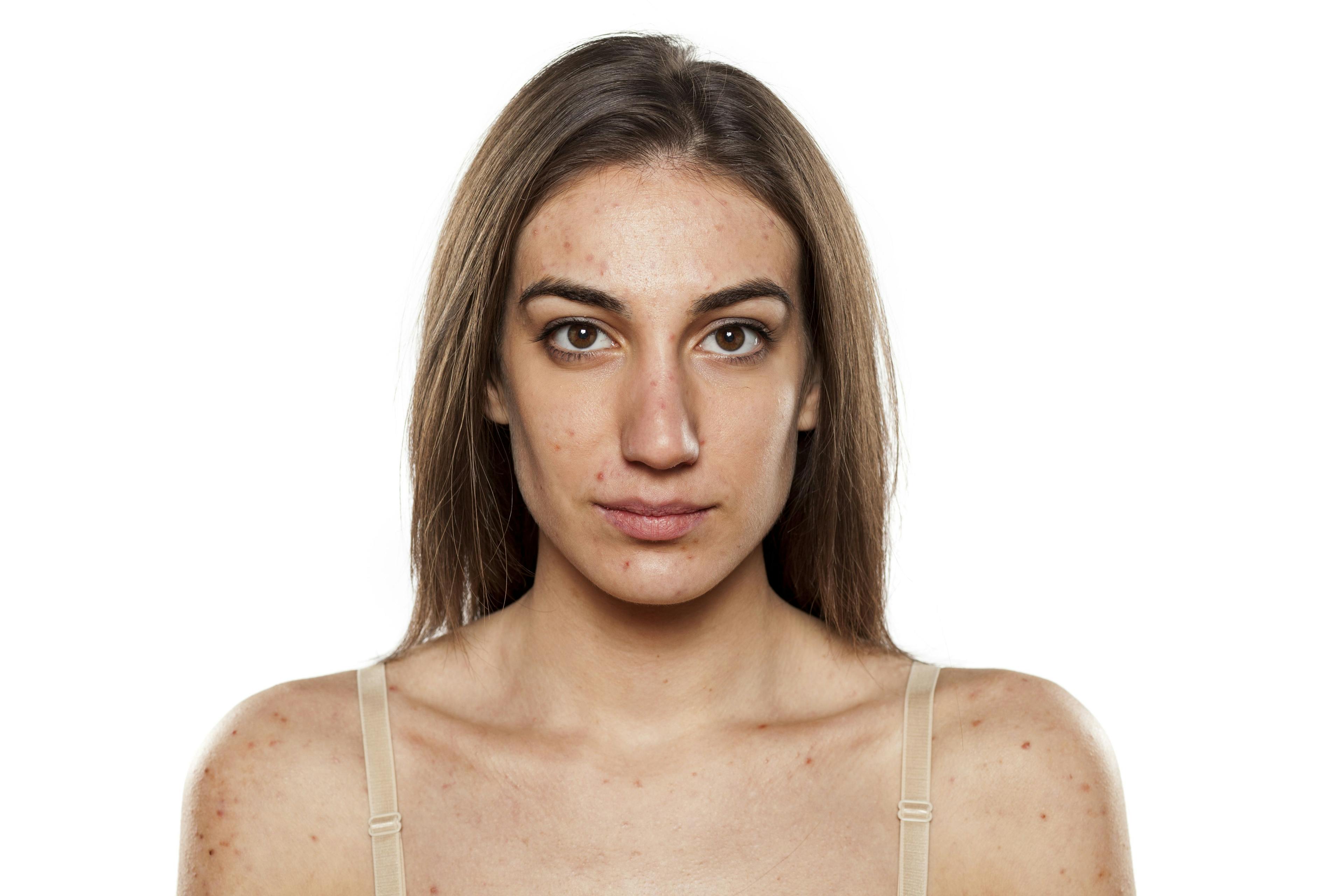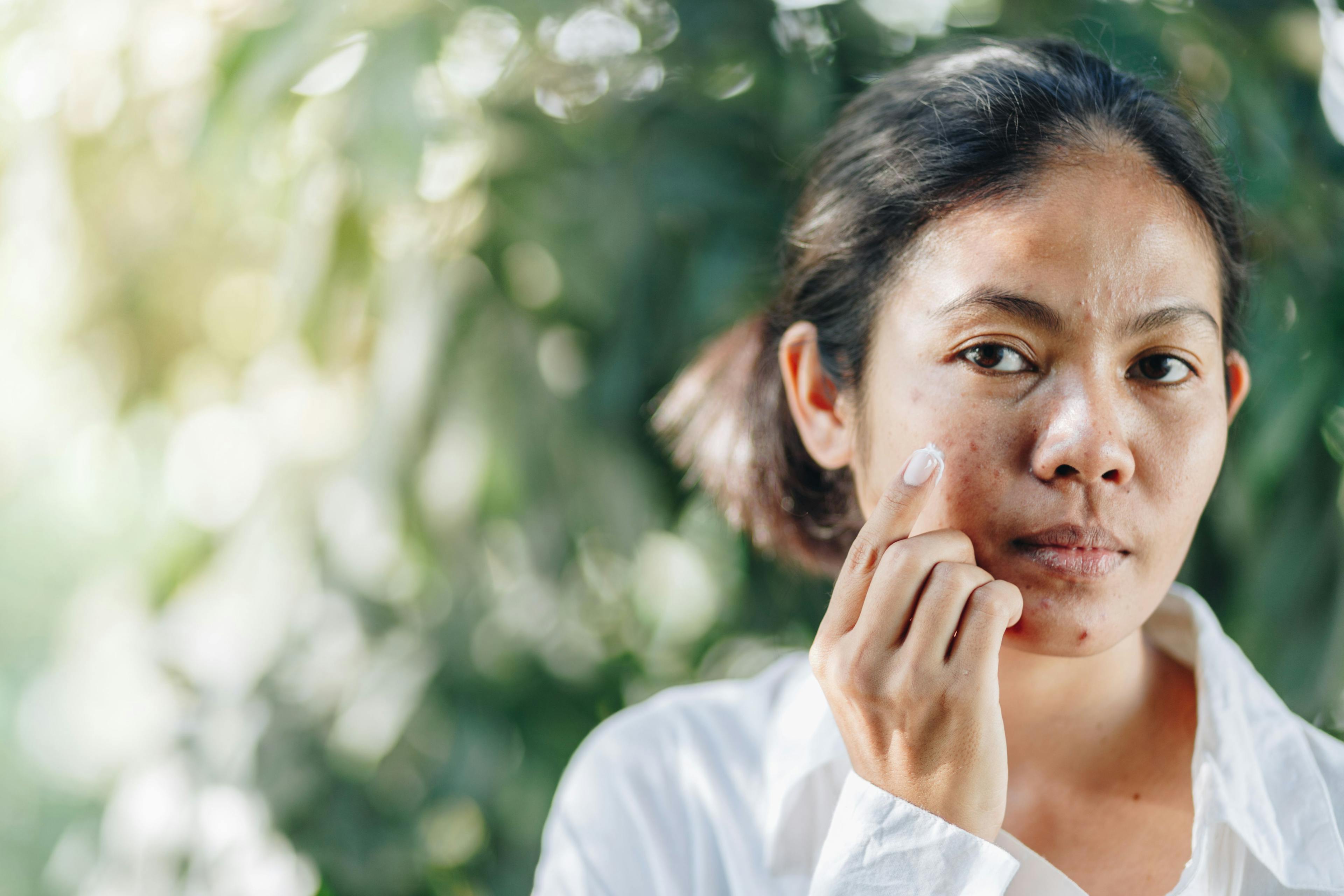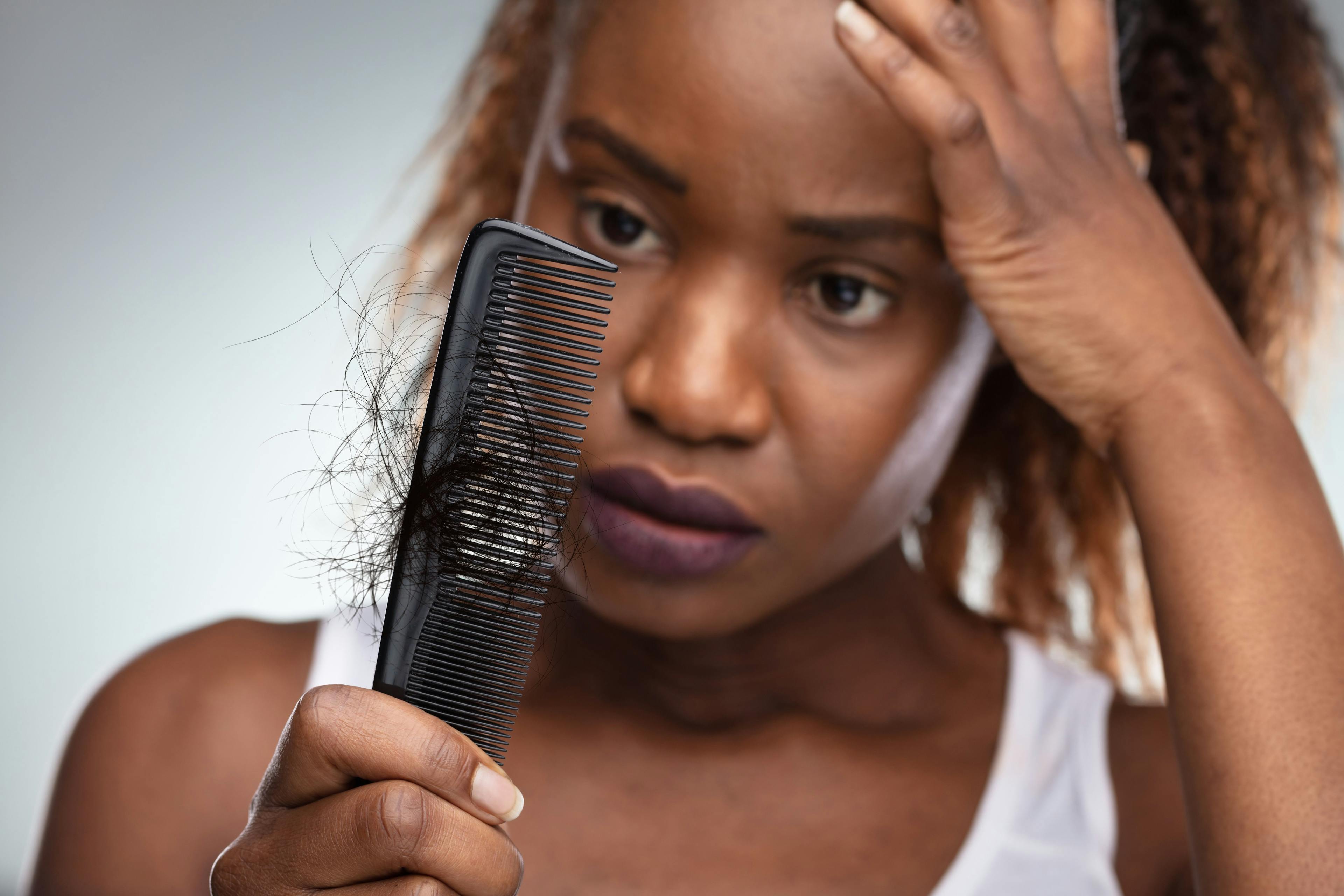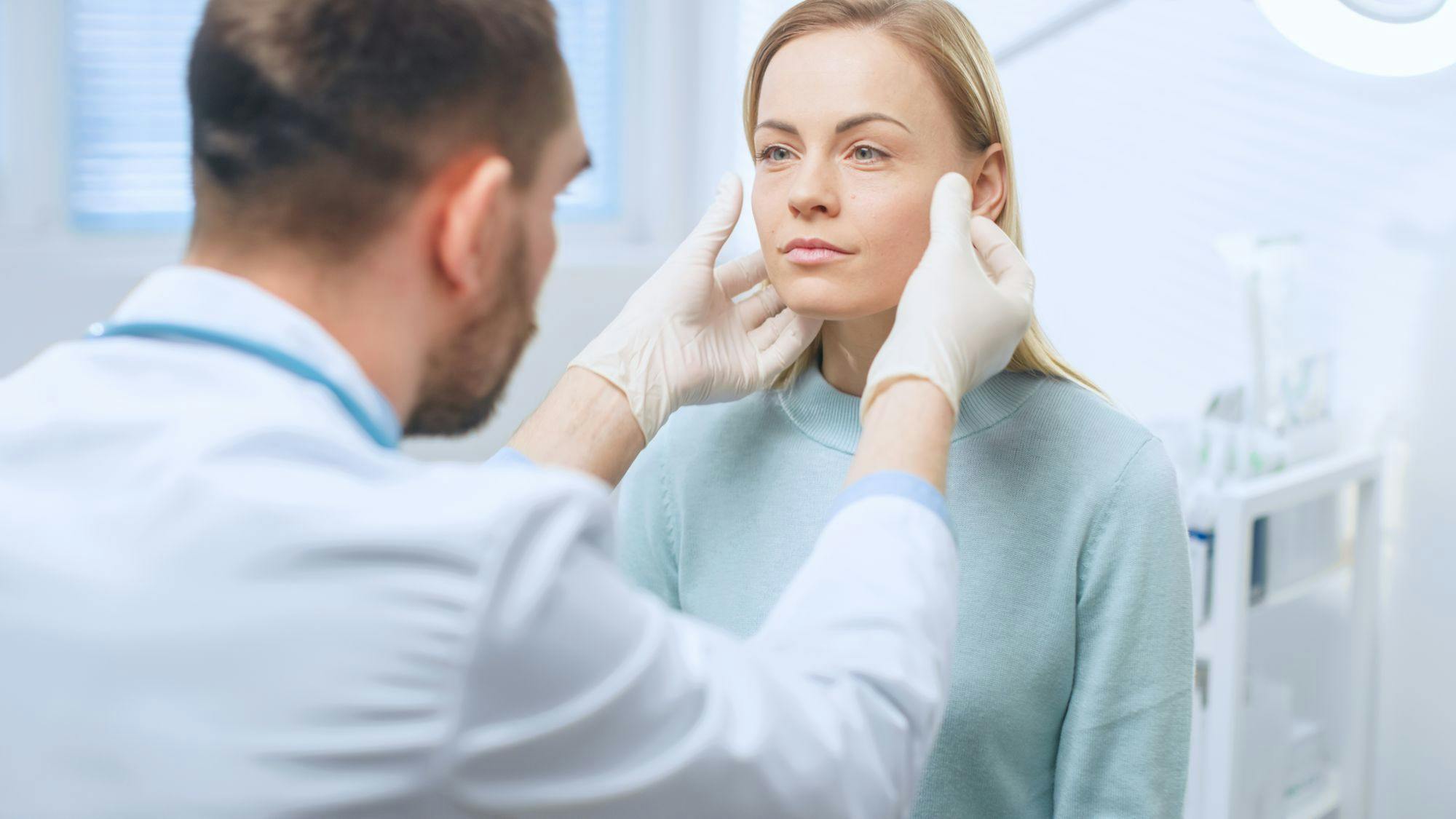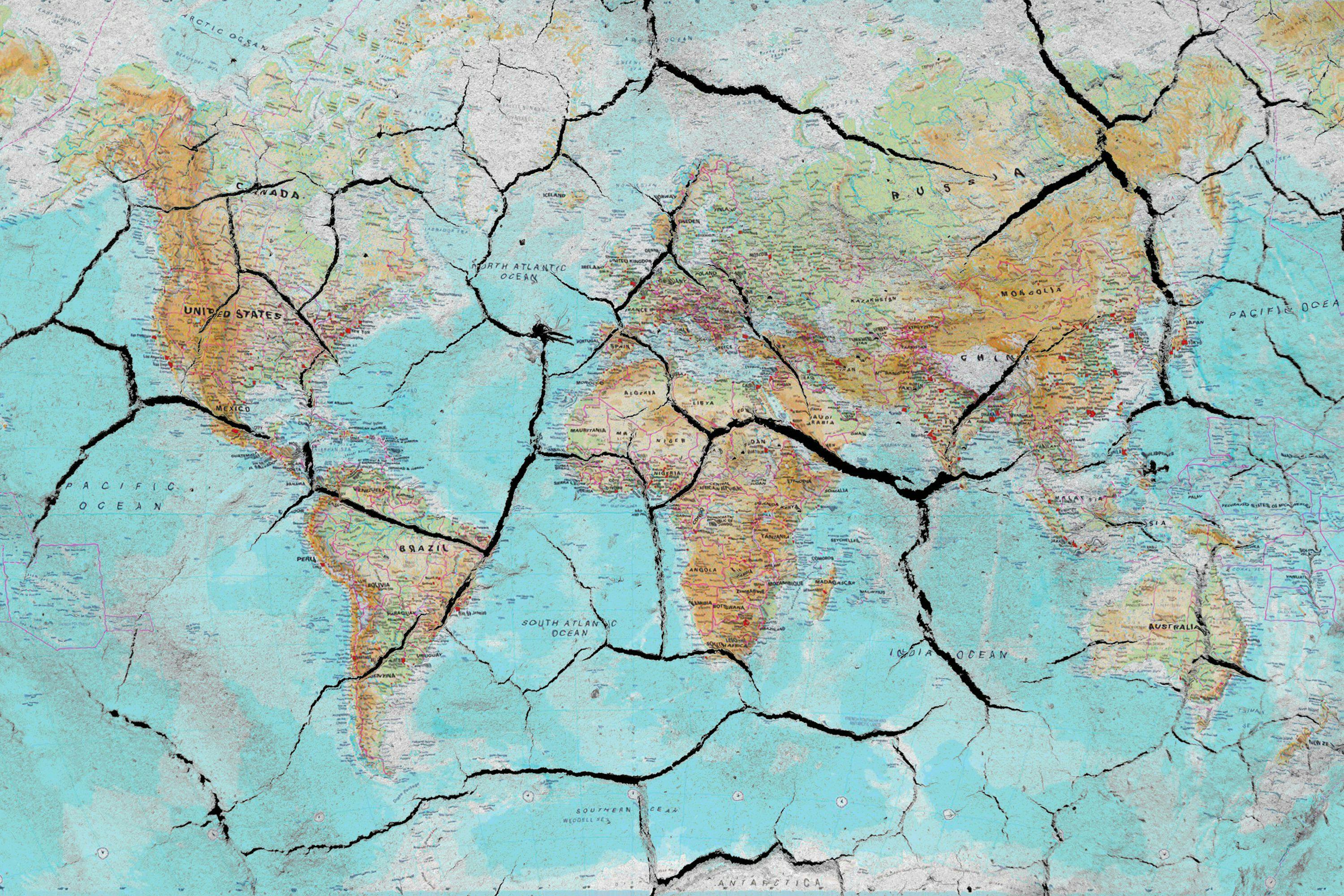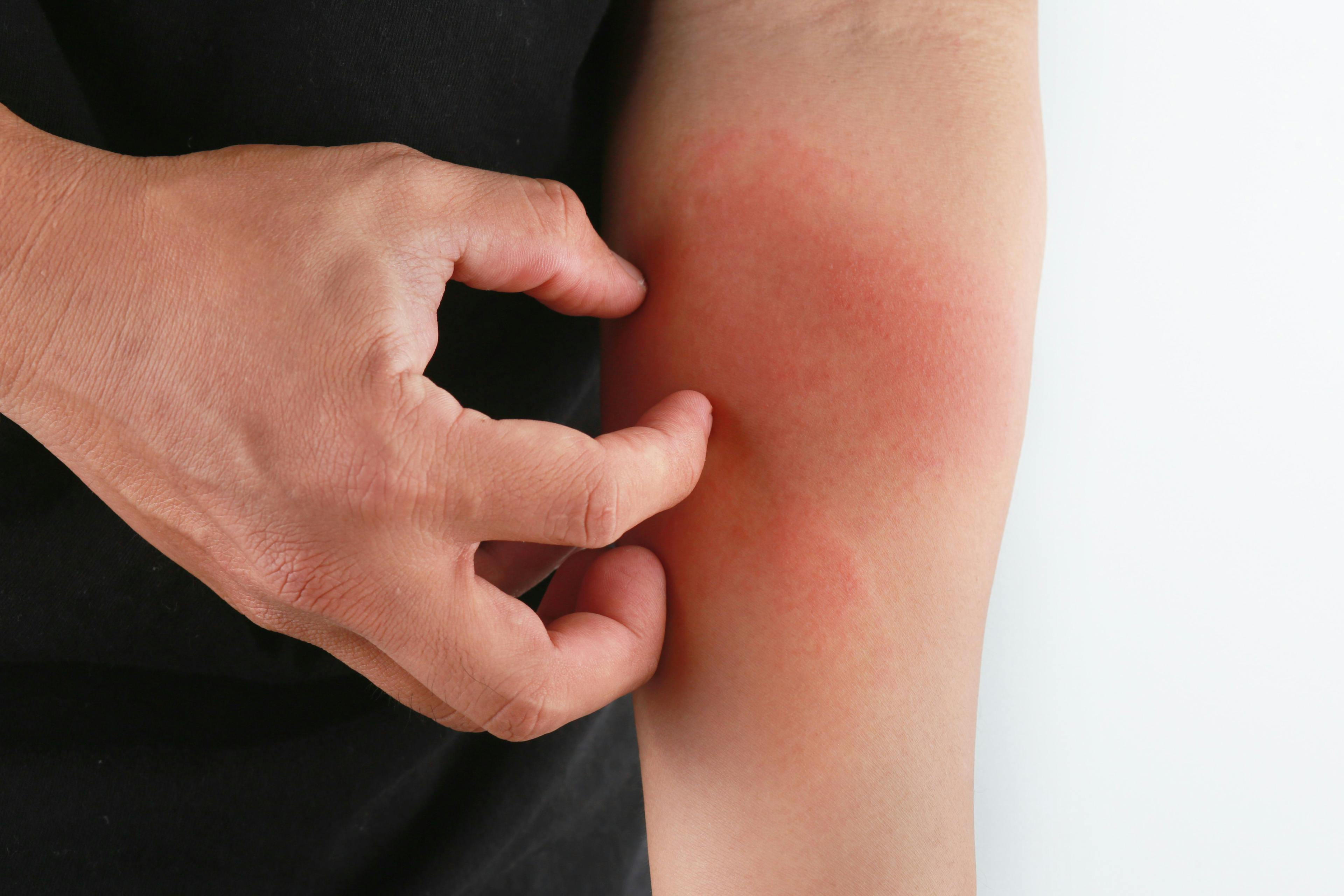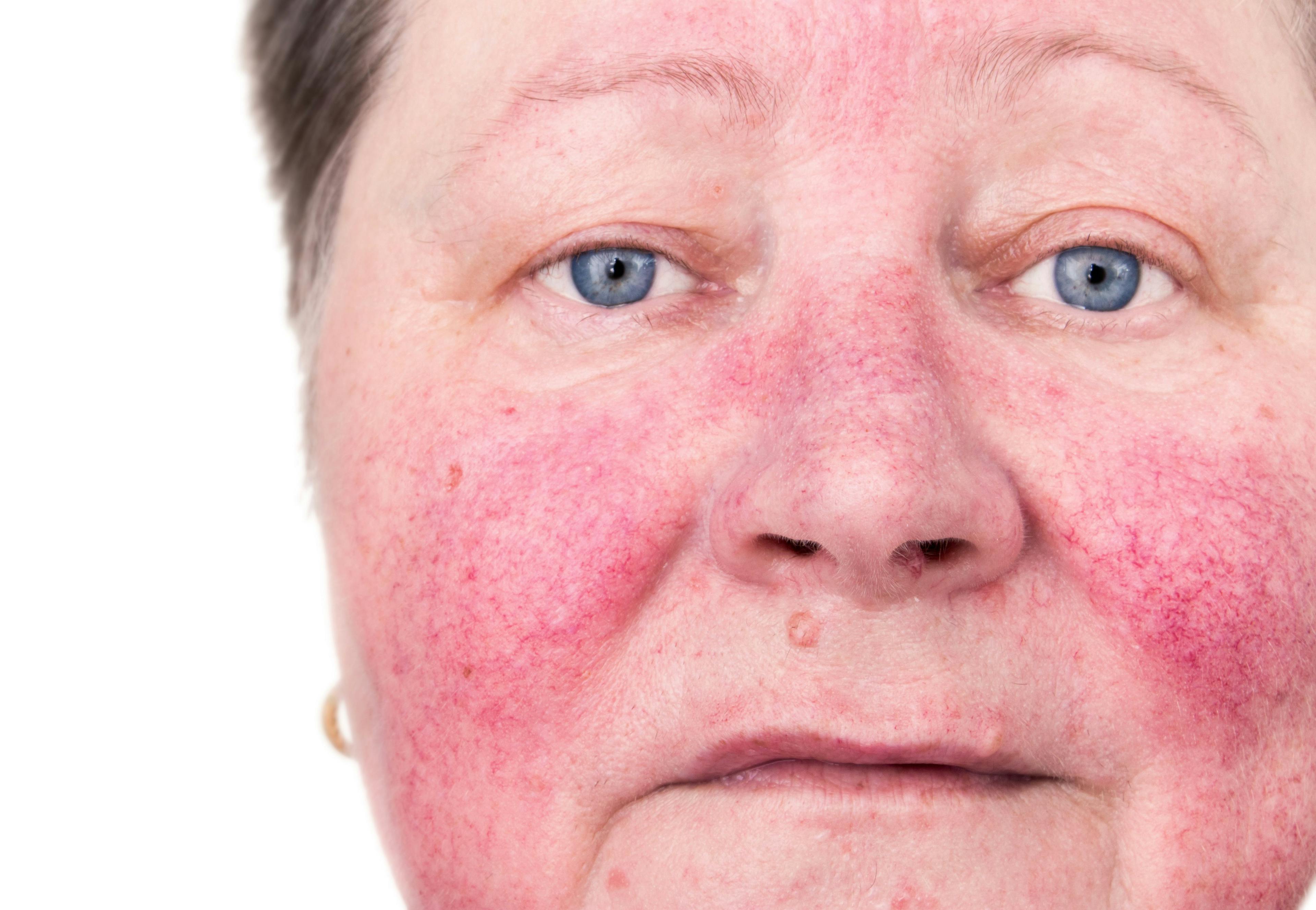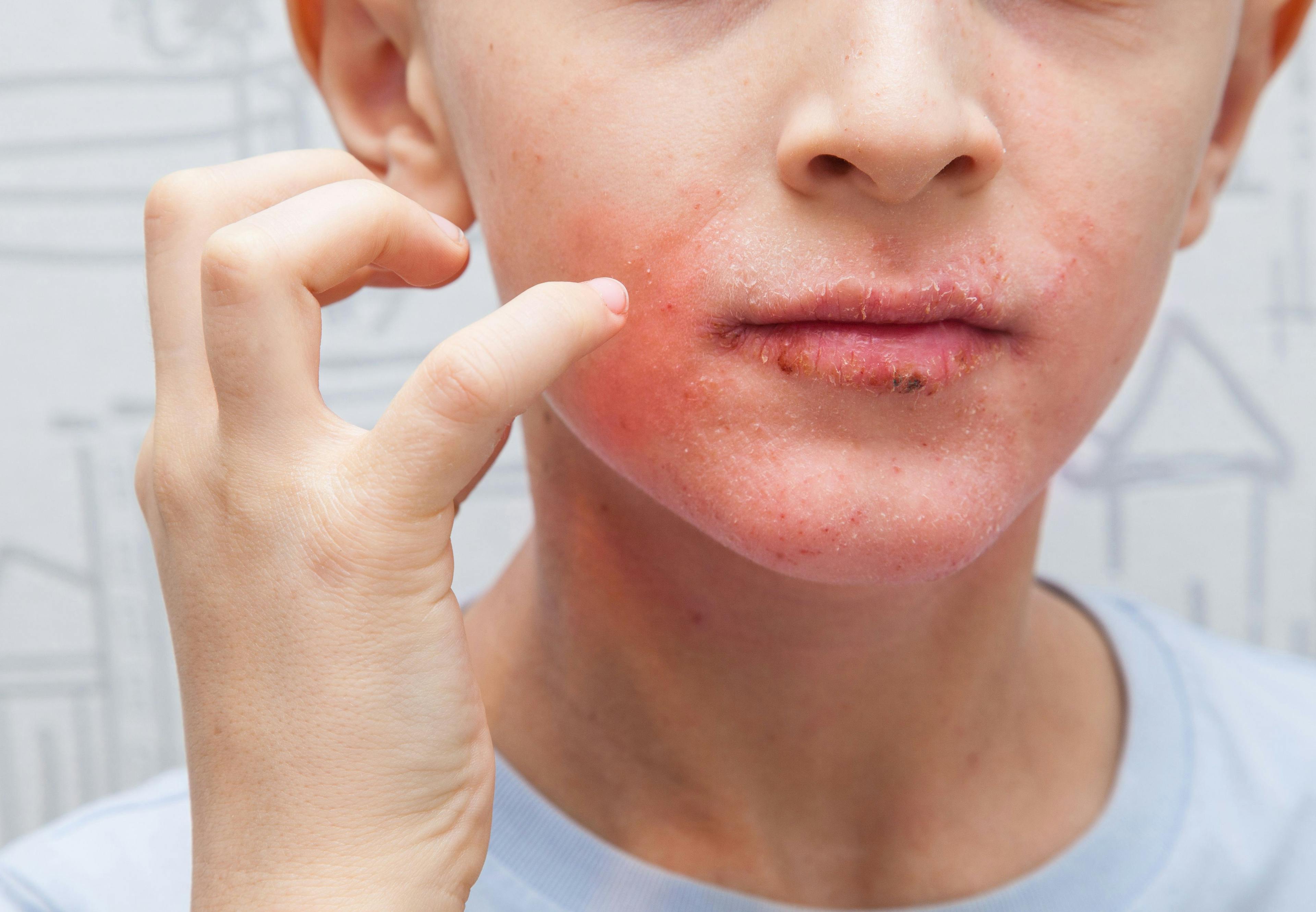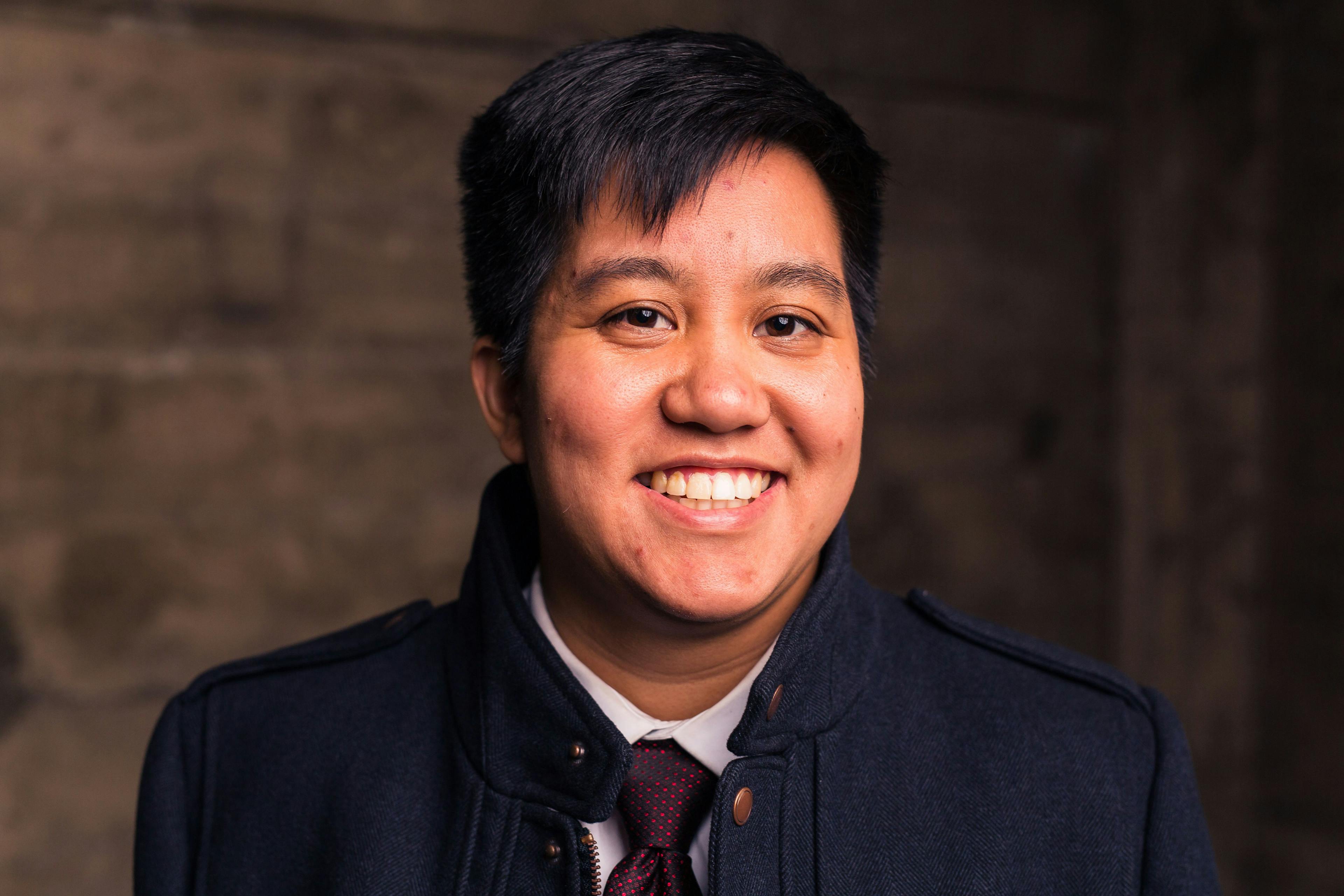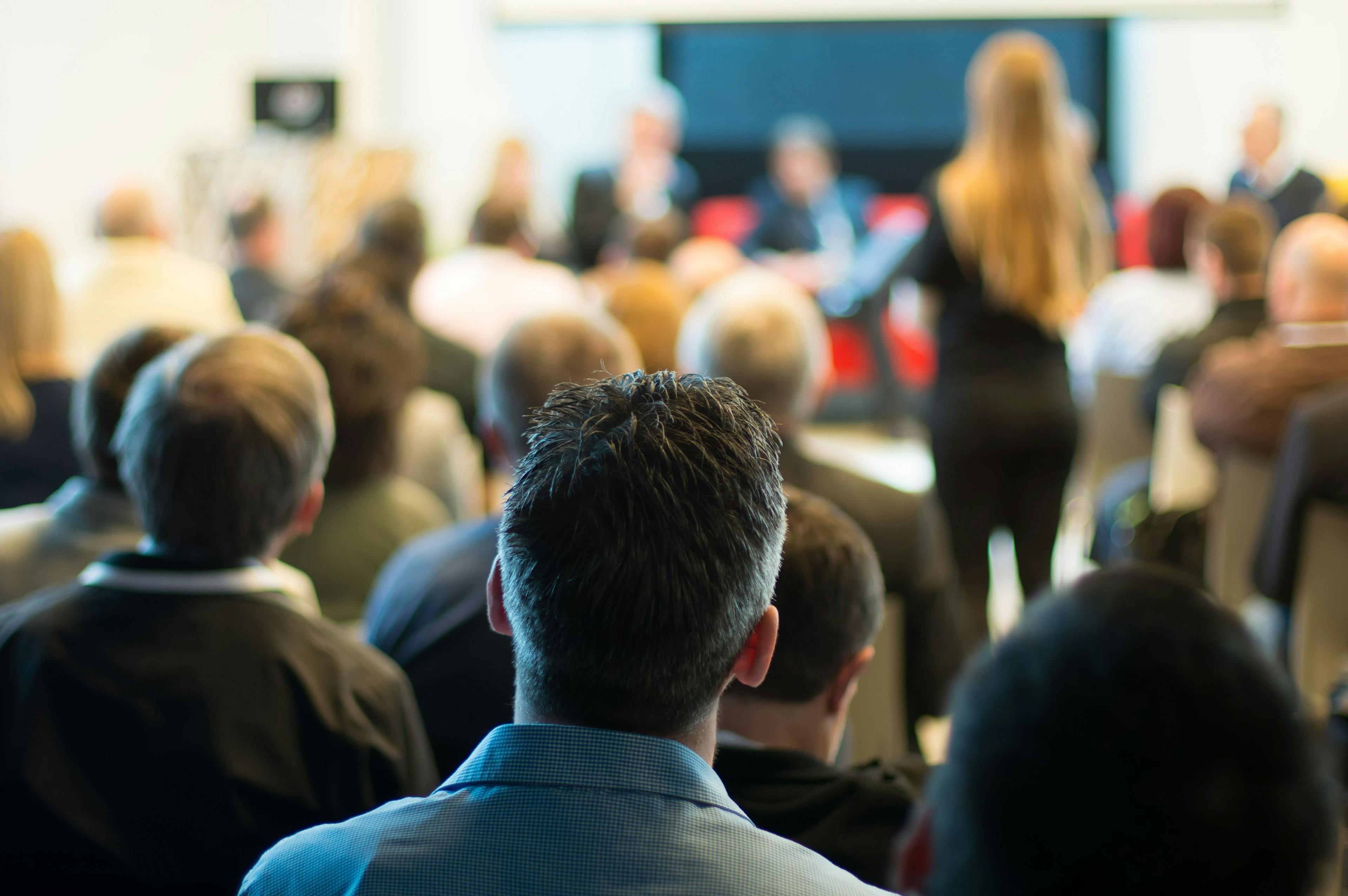- Acne
- Actinic Keratosis
- Aesthetics
- Alopecia
- Atopic Dermatitis
- Buy-and-Bill
- COVID-19
- Case-Based Roundtable
- Chronic Hand Eczema
- Chronic Spontaneous Urticaria
- Drug Watch
- Eczema
- General Dermatology
- Hidradenitis Suppurativa
- Melasma
- NP and PA
- Pediatric Dermatology
- Pigmentary Disorders
- Practice Management
- Precision Medicine and Biologics
- Prurigo Nodularis
- Psoriasis
- Psoriatic Arthritis
- Rare Disease
- Rosacea
- Skin Cancer
- Vitiligo
- Wound Care
Publication
Article
Dermatology Times
Targeted Solutions Simplify Widespread Itch Care
Author(s):
Matthew Zirwas, MD, shares his step-by-step pearls for quelling this pruritic skin condition.
Effective management of frequently debilitating itch starts with understanding type. Matthew J. Zirwas, MD, offered tips for diagnosing and treating widespread itch with little to no rash as part of his presentation at the recent New Wave Dermatology Conference.1
“Itch is an interesting space,” Zirwas told Dermatology Times®. “It gets more and more complicated the more we know about the mechanism but simpler and simpler in terms of managing itch.”
Zirwas, an associate professor at Ohio University Heritage College of Medicine in Athens, Ohio, covered new research on itch and practical recommendations for translating that to patient care.
Diagnosis Details
Zirwas noted there is “no identifiable cause in the vast majority of [these] cases.” When there is, “it is usually a diagnosis that predated the start of the itch. It is in the medical history, not something you’re going to diagnose because of the itch.”
For cases with itch that “is all over, all the time,” he advised first considering these tests: complete blood count (CBC), comprehen- sive metabolic panel, thyroid stimulating hormone, and hemoglo- bin A1c. “If merited by the individual case, I would consider hepatitis B and C, HIV, and a chest x-ray.”
However, in some patients with persistent, widespread itch, it may be necessary to weigh whether to test for cancer, he added. “The only overrepresented [types] are bile duct malignancy and hematologic malignancy,” he said, and both are typically going to be detected with routine labs (leukemia, hypereosinophilic syndrome, etc, with a CBC) or exam (bile duct malignancy because of jaundice, as the itch starts after the bile duct is blocked, lymphoma via lymph node exam).“ So, order age-appropriate malignancy screens, do a lymph node exam, conduct a complete review of symptoms, and work up any abnormals aggressively.” However, he cautioned, “don’t go fishing if the review of systems, physical exam, and basic labs are normal.”
Treatment Strategies
Oral steroids remain a first-line treatment for widespread itch, but studies suggest that their role in itch reduction is likely more attributable to their action in improving the skin disease overall by decreasing inflammation rather than by directly reducing itch.2
For generalized itch, Zirwas said it is “reasonable” to give patients a 3-week steroid taper to show improvement. “If they do [improve], find the minimum dose to relieve itch and use it chronically,” he said. A prednisone equivalent of 10 mg should be prescribed every other day or less, he noted, as at this dose (5 mg/d or less of prednisone) the risk of short, or long-term adverse effects from systemic steroids is quite low, even with long term use.
“If prednisone works but the necessary dose it too high, some- thing like methotrexate is worth a trial.” The starting point could be 5 to 10 mg weekly, which, said Zirwas, “increases the activity of regulatory T cells so it isn’t suppressing the immune system— it’s balancing it.” He finds low-dose methotrexate particularly use- ful in older patients, in whom he suspects the cause of itch is often unregulated, nonspecific, subclinical inflammation related to an age related waning of Treg function. It isn’t suppressing the immune system; it’s balancing it.”
Dexamethasone is another option. “I’ve found that 0.75 or 0.5 mg can be used 10 days on and 4 days off. The 0.75-mg dose equals the antiinflammatory efficacy of 25 mg of prednisone with the [adverse] effects of 5 mg,” Zirwas said.
Based on his experience, he developed his Zirwas Therapeutic Ladder, which ranks treatments from most effective to least effective for addressing widespread itch with little to no rash:
- Mirtazapine. “This is the most effective oral medication I’ve found for itch,” Zirwas said. “It’s well tolerated and has very few drug interac- tions. It is a great sleep aid and rarely has morning grogginess.”
- It is fairly ineffective as an antidepressant. “Tell patients you’re not treating depression—that it is working on itch nerve endings.”
- Start with 7.5 mg at every night at bedtime, and increase dosage to 15 mg in 1 week if no improvement.
- Ten percent of adults gain weight due to appetite increase. “As long as I warn patients to be careful not to eat more, I haven’t seen weight gain.”
- Butorphanol. “This is the single most effective treatment for itch,” he said. “A recent study showed it works in 80% of patients with recalcitrant itch—usually within minutes of dosing and each dose lasts about 6 hours. Theoretically, it does have abuse/dependency possibilities, but that seems much lower than other opioids due to its unique mechanism of action and short half-life.”2
- Blocks μ receptor and activates kappa receptor.
- Does not create the “feel good” effect of other opioids.
- Packaged as a 2.5-ml nasal spray.
- Delivers fast-acting response. “Have patients use it [as needed] after the itching has started.” He advised explaining to patients that it is 1 spray total, not 1 spray in each nostril. The maximum is 4 sprays per day.
- Clarify cautions. “About 1 in 5 patients doesn’t like the way it makes them feel, so everyone should be careful with the first dose. Also, this is a controlled substance. However, problems with abuse or dependence are quite rare, especially when used for itch."2
- Gabapentin. “It’s highly effective and works in almost every patient if you can get to a high dose, but sedation often makes that impossible.”
- Start with 300 mg once daily (100 mg in frail patients), titrate every 3 to 4 days, 3 times daily, up to 1200 mg as tolerated.
- Can be used intermittently if itch is not constant.
- Sedation, dizziness, etc, can be dose limiting.
- Peripheral edema is possible.
- Pregabalin. “This is easier to dose than gabapentin,” Zirwas noted. “Until recently, it was cost prohibitive. I tried it repeatedly after it become more affordable and haven’t had it work as well as gabapentin or be as well tolerated. Try gabapentin first. If it is not tolerated or effective, try this.” Start with 25 mg twice a day, and titrate up.
Treatments that Zirwas recommends to help address the sleep-related effects of itch include:
Mirtazapine 7.5 to 15.0 mg every night at bedtime
Gabapentin 100 to 1200 mg every night at bedtime
Trazodone 25 to 50 mg every night at bedtime
“Doxepin and hydroxyzine are effec- tive sleep aids, but they don’t help much with itch unless it is histaminergic,” he added. “They have the most short-term [adverse] effects of anything you can pre- scribe to help people sleep. With long-term use, they can increase the risk of demen- tia. The 3 alternatives listed above work for sleep and itch and are better tolerated.”
Disclosures
Zirwas is a speaker for Genentech, Novartis, Sanofi, and Regeneron Pharmaceuticals, Inc. He is a consultant for Sanofi/Regeneron Pharmaceuticals, Fitbit, L’Oréal, LEO Pharma, Pfizer Inc, Eli Lilly and Company, Arcutis Biotherapeutics, Ortho Dermatologics, Sol-Gel Technologies, Bausch Health, and EPI Health Inc. He is an investigator for Sanofi/Regeneron Pharmaceuticals, LEO Pharma, Janssen Pharmaceuticals Companies of Johnson & Johnson, Incyte, Vyne Therapeutics Inc, UCB, Pfizer Inc, Eli Lilly and Company, Asana Biosciences LLC, Avillion LLP, AbbVie, Edesa Biotech Inc, Galderma, Dermavant Sciences, Arcutis Biotherapeutics Inc, EPI Health Inc, and Concert Pharmaceuticals Inc. He is part owner of AsepticMD.
References
1. Zirwas MJ. Scratching the itch. Presented at: New Wave Dermatol- ogy Conference. April 28-May 1, 2022. Coral Gables, FL.
2. Lipman ZM, Labib A, Yosipovitch G. Current clinical options for the management of itch in atopic dermatitis . Clin Cosmet Investig Der- matol. 2021;14:959-969. doi:10.2147/CCID.S289716
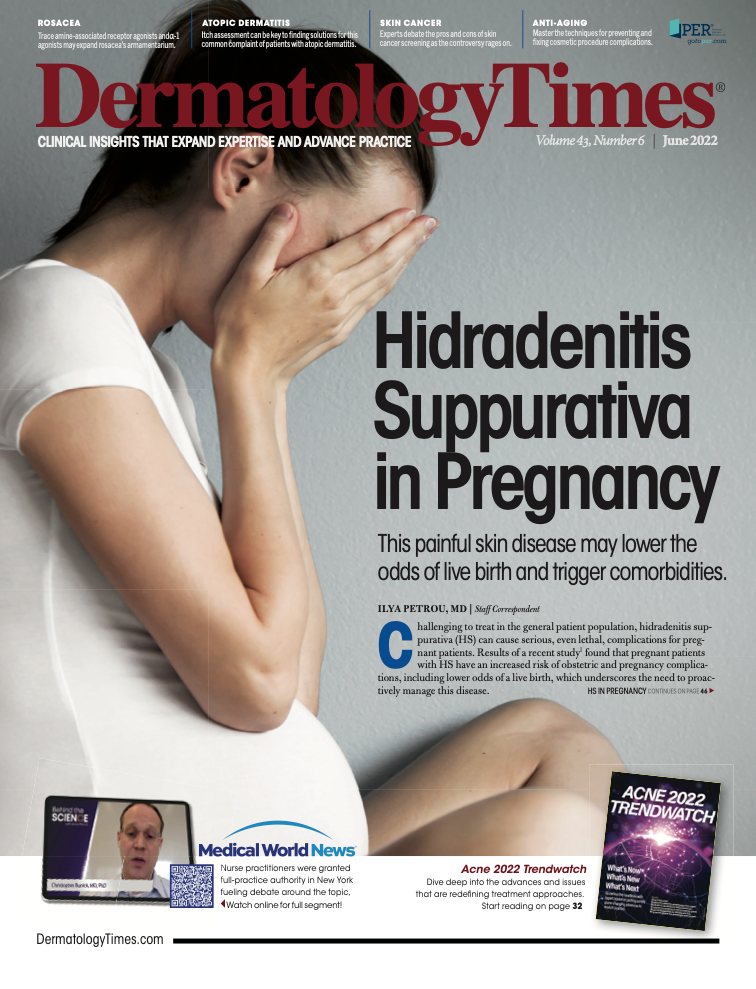
Newsletter
Like what you’re reading? Subscribe to Dermatology Times for weekly updates on therapies, innovations, and real-world practice tips.


